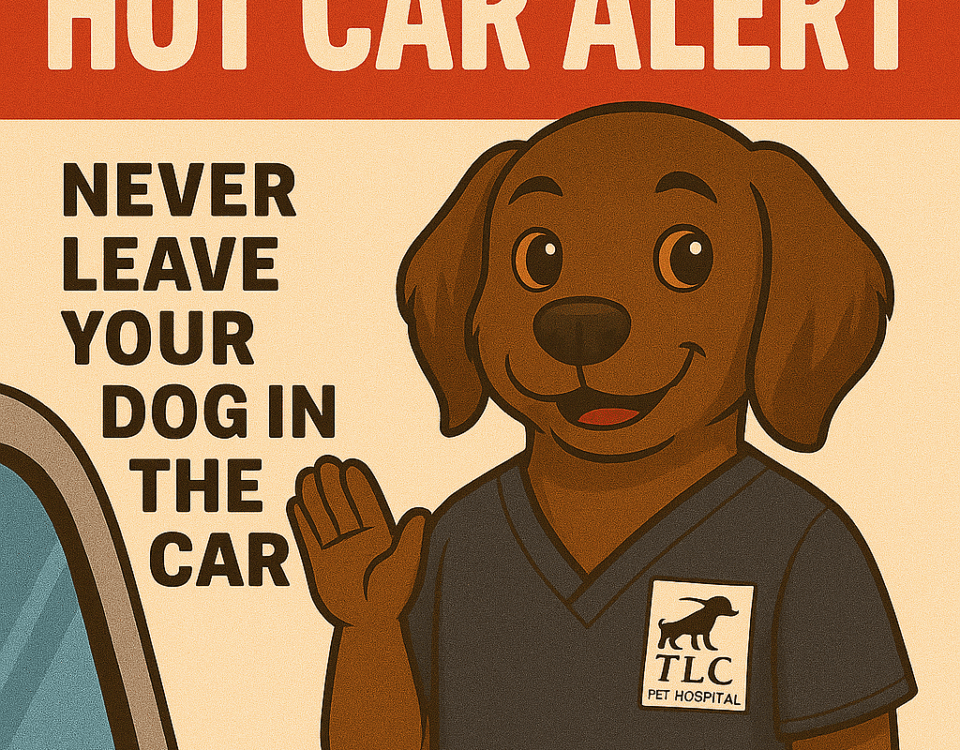Pet Cremation
February 11, 2013Pet Wheelchairs
February 18, 2013Chocolate Toxicity in Dogs
Photo credit: Jay Morgan Stock Photo
Dogs are known for eating things when they are not supposed to. This is especially true of puppies. Also, dogs have an excellent sense of smell, making it fairly easy to find any secret hiding spots for the chocolate. This can be a dangerous combination when there is chocolate around the house.
Chocolate is derived from the roasted seeds of Theobroma cacao, which contains certain properties that can be toxic to animals: caffeine and theobromine. If ingested, these two ingredients can also lead to various medical complications and may even prove fatal for your dog.
If you would like to learn how chocolate poisoning can affect cats, please visit this page in the petMD Health Library. Also, go to our Chocolate Toxicity Meter for more information on the dangers of chocolate poisoning and its effects.
Symptoms and Types
- Vomiting
- Diarrhea
- Increased body temperature
- Increased reflex responses
- Muscle rigidity
- Rapid breathing
- Increased heart rate
- Low blood pressure
- Seizures
- Advanced signs (cardiac failure, weakness, and coma)
The amount and type of chocolate ingested is also important, as they are the determining factors for the severity of the toxicity. The three types of chocolate that you must be aware of are:
- Milk Chocolate – Mild signs of toxicity can occur when 0.7 ounces per pound of body weight is ingested; severe toxicity occurs when two ounces per pound of body weight is ingested (or as little as one pound of milk chocolate for a 20-pound dog).
- Semi-Sweet Chocolate – Mild signs of toxicity can occur when 0.3 ounce per pound of body weight is ingested; severe toxicity occurs when one ounce per pound of body weight is ingested (or as little as six ounces of semi-sweet chocolate for a 20-pound dog).
- Baking Chocolate – This type of chocolate has the highest concentration of caffeine and theobromine. Therefore, as little as two small one-ounce squares of baking chocolate can be toxic to a 20-pound dog (or 0.1 ounce per pound of body weight).
Causes
In the right quantities chocolate can become toxic for any dog. So be wary of feeding your pet anything that might contain chocolate and always keep it out of reach.
Diagnosis
Your veterinarian will perform a complete physical exam, including a chemical blood profile, electrolyte panel and a urinalysis. These tests will help determine if there is a chocolate/caffeine overdose.
Blood can also be taken to test for theobromine concentrations, while an ECG is performed to help determine if the heart is showing any abnormalities in rhythm or conduction of heart beats.
Treatment
Your dog should be seen immediately by your veterinarian, but you will need to call your veterinarian first to find out if there is immediate care that you begin with. It is common practice to induce vomiting and control any seizures, should they occur. In the meantime, you will need to keep your dog cool, calm, and in a quiet space.
Petmd.com



